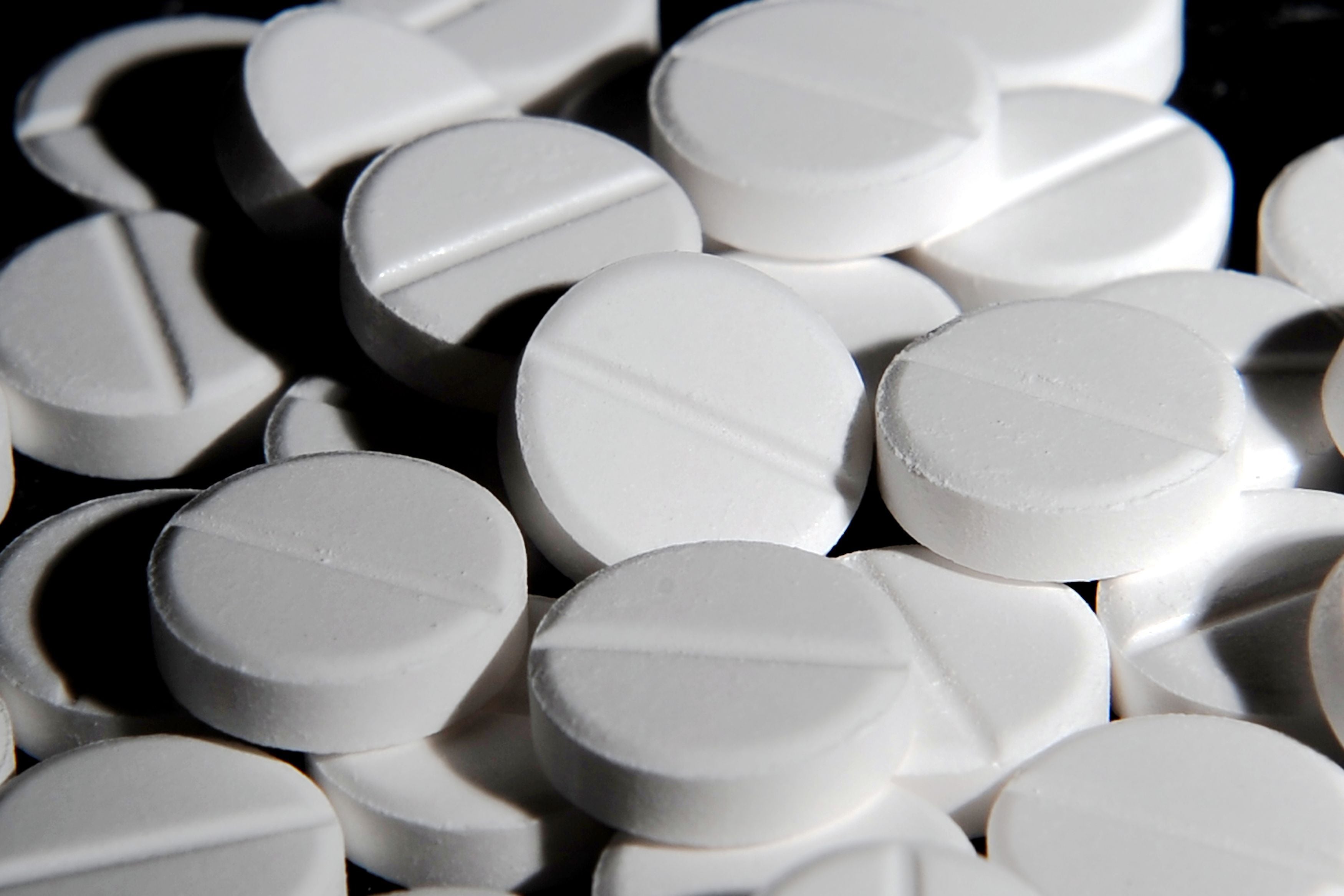Paracetamol and ibuprofen in short supply after Omicron surge
ONS data shows that 24% of sites surveyed had either low or no stocks of paracetamol.

Your support helps us to tell the story
From reproductive rights to climate change to Big Tech, The Independent is on the ground when the story is developing. Whether it's investigating the financials of Elon Musk's pro-Trump PAC or producing our latest documentary, 'The A Word', which shines a light on the American women fighting for reproductive rights, we know how important it is to parse out the facts from the messaging.
At such a critical moment in US history, we need reporters on the ground. Your donation allows us to keep sending journalists to speak to both sides of the story.
The Independent is trusted by Americans across the entire political spectrum. And unlike many other quality news outlets, we choose not to lock Americans out of our reporting and analysis with paywalls. We believe quality journalism should be available to everyone, paid for by those who can afford it.
Your support makes all the difference.Shoppers have been struggling to get hold of paracetamol from many supermarkets while beer shelves are overflowing, as the impact of Omicron continues to be felt in the UK’s economy.
New data from the Office for National Statistics also shows that the number of people dining in restaurants is back to pre-pandemic levels.
Compared with the same week in 2020, before Covid-19 struck, numbers of seated diners had declined by just 3% in the seven days to January 24.
It comes after a 5 percentage point increase the week before.
ONS data also shows that 24% of sites surveyed had either low or no stocks of paracetamol, while 17% reported the same for ibuprofen.
High levels of unavailability were also reported for fresh fish, fresh pork, sparkling water, dried pasta and frozen fish.
Very few places reported problems with milk, fresh fruit and vegetables or beer.
The data also sheds further light on the state of the aviation industry. Airlines have been some of the worst-hit businesses during the pandemic as heavy restrictions were placed on people travelling abroad.
There were on average 2,400 flights landing and taking off from the UK every day in the week ending January 23.
This is around three times as many as last year, but still around half of pre-pandemic levels, the ONS said.
Meanwhile more pedestrians and cyclists are on London’s streets than before the pandemic.
Compared with the week before the first UK-wide lockdown in 2020, there were 15% more cyclists and pedestrians.
However car numbers have also increased, by 8%, while the number of vans is down 1%.